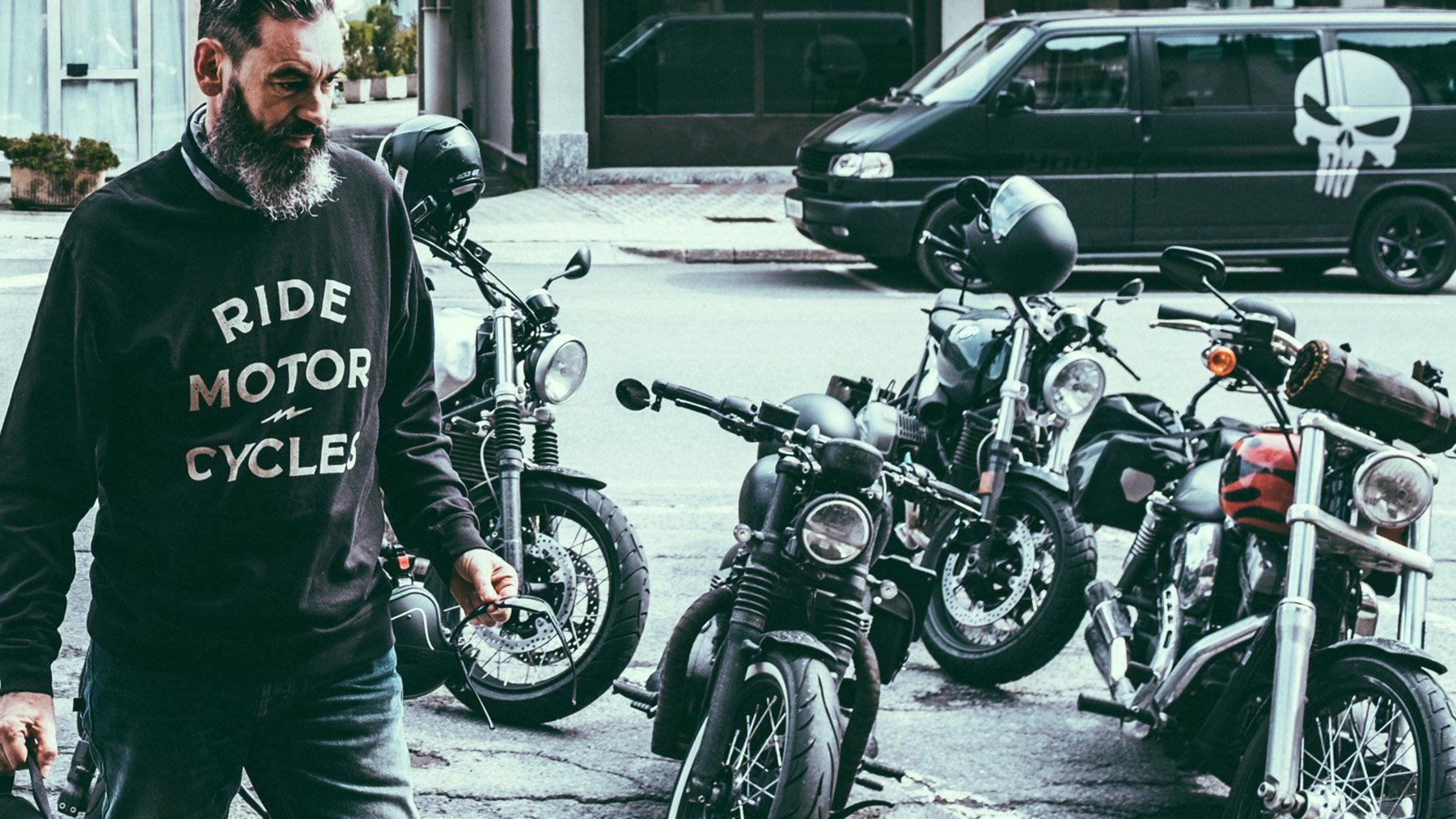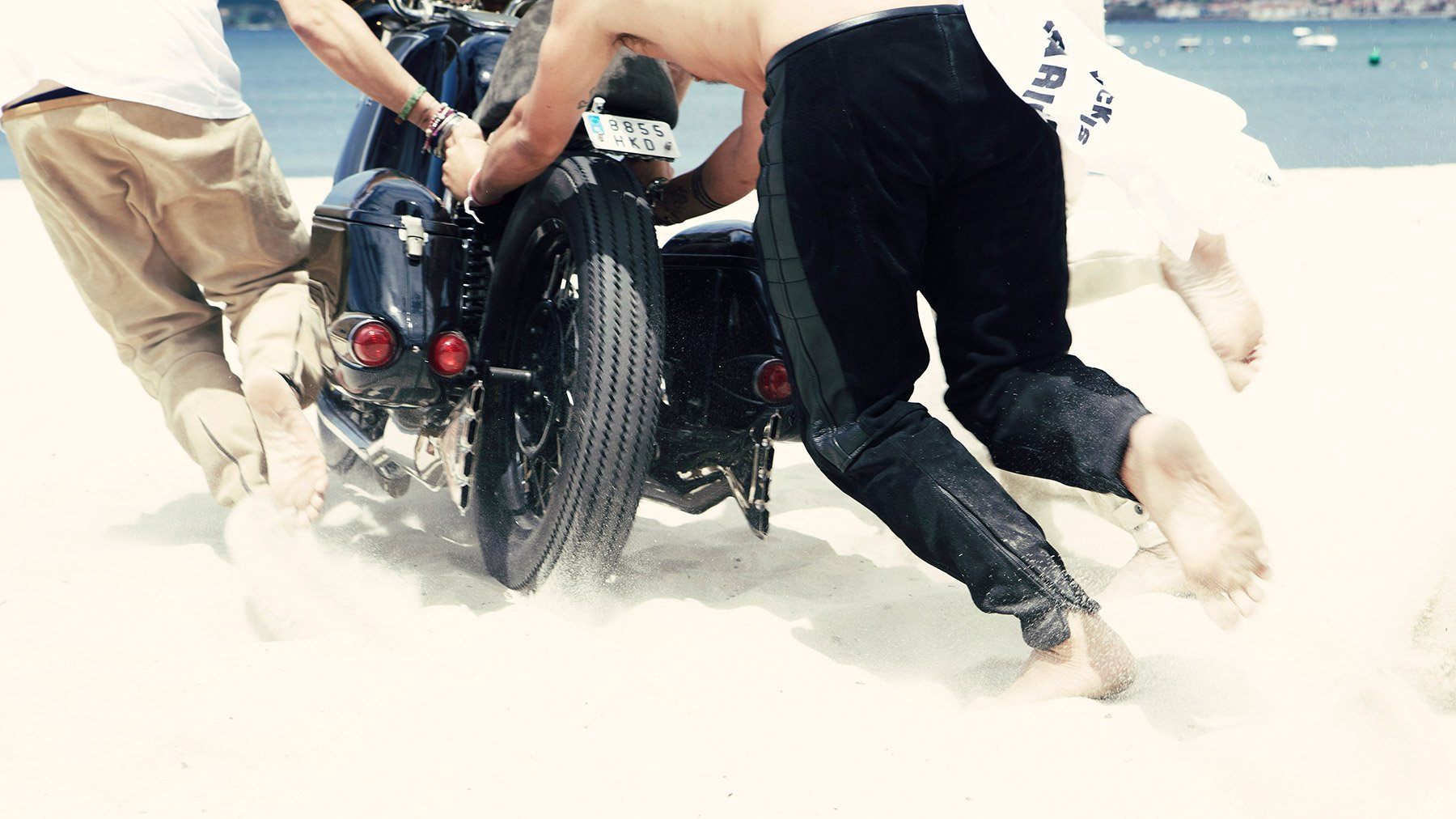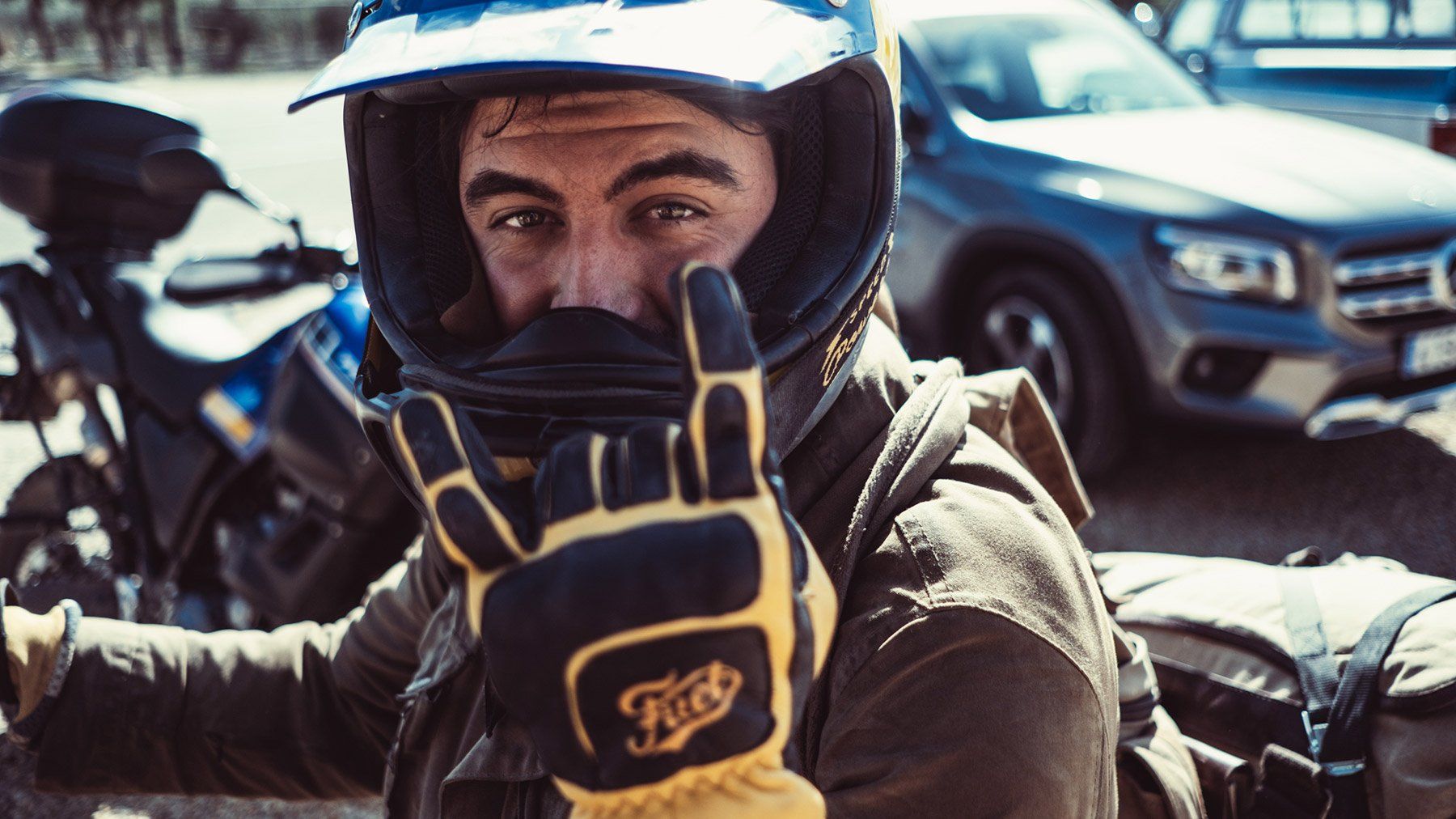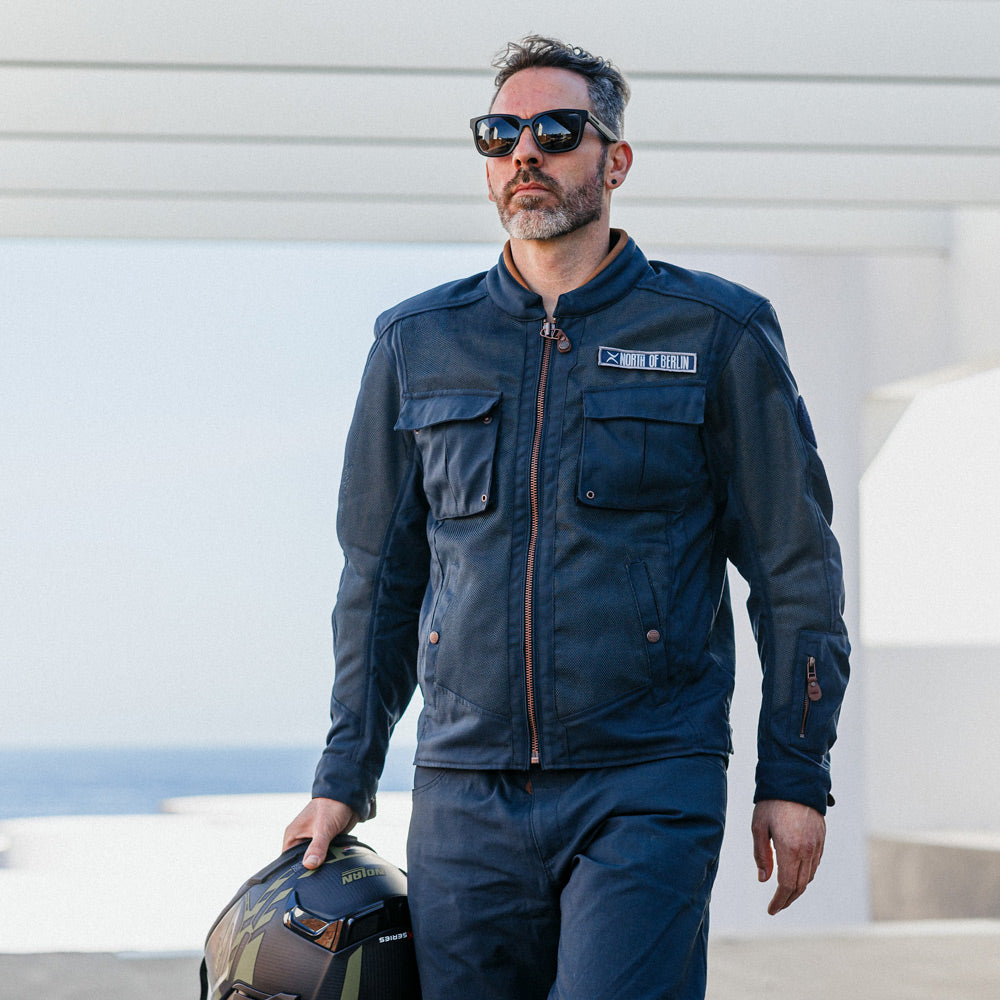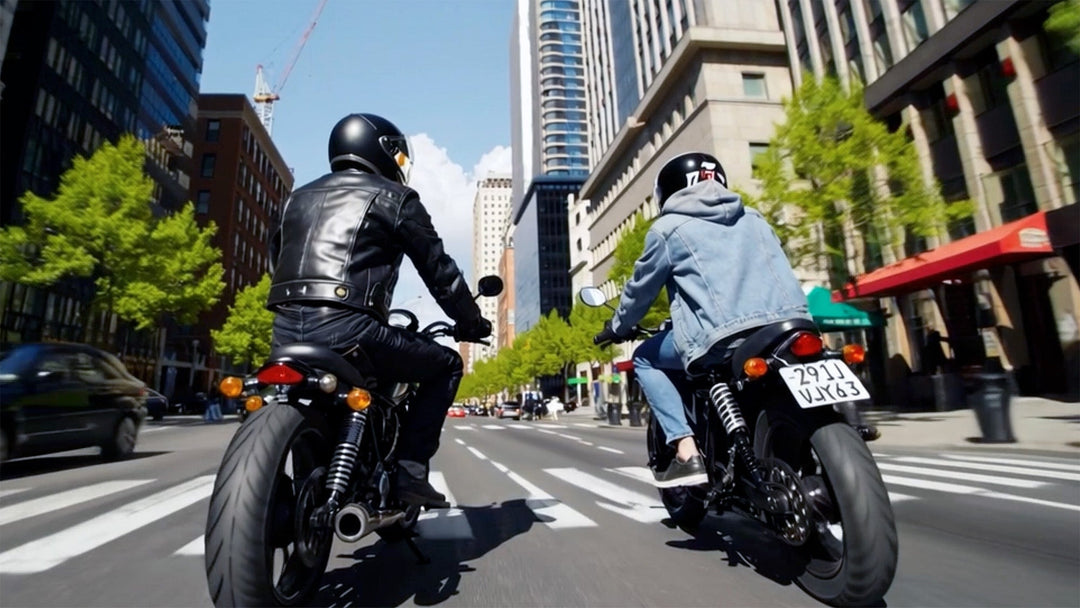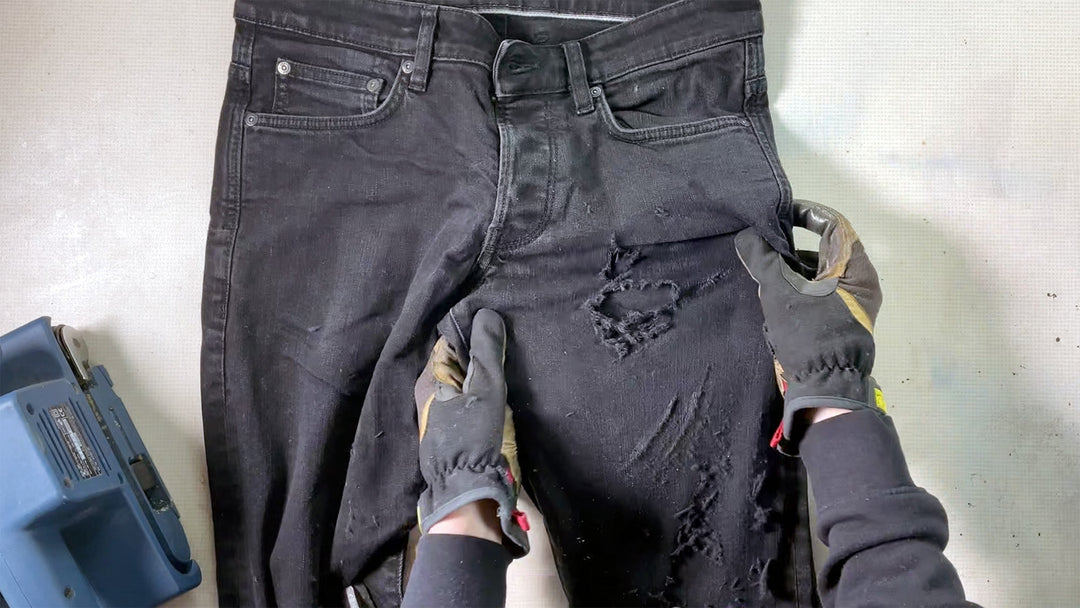As individual as every biker is, so are their demands and needs when it comes to their motorcycle clothing. Nevertheless, one thing should always be in the foreground and that is a minimum of protection and the safety that motorcycle clothing should offer.
That's why you should always look for the abbreviation CE for "Conformité Européenne", which means "European Conformity" when buying. As soon as you spot this label on a product, you can be sure that it conforms to the norm and complies with common European health, safety and environmental laws.

CE certified motorcycle clothing has been tested according to the EN 17092 standard since April 2018. Even before that, there was a European standard EN 13595, which laid down the requirements for motorcycle clothing. However, this was designed more for professional drivers and was therefore largely ignored by the clothing industry. Based on this standard and the CE certification, every motorcyclist can recognize safe and protective motorcycle clothing at first glance, even without any specialist knowledge of materials, processing methods or construction. The abrasion resistance, seam strength, tear strength, dimensional stability and harmlessness are tested.
1. Abrasion Resistance

This test determines how long it takes for a hole to form in the material when rubbed. The longer it lasts, the higher the abrasion resistance and the greater the protection in the event of a fall.
2. Seam strength

In the event of a fall, it is vital that the seams on your motorcycle clothing hold up. That is why the seam strength is also tested during the CE certification.
3. Tear resistance

A torn material sample is used to measure how much force is required to tear the fabric further. The more tear-resistant the material, the more safety your motorcycle clothing offers you.
4. Dimensional stability
The garment is washed 5 times in a specially developed washing machine. Only garments that shrink no more than 5% pass the test. Because if motorcycle clothing shrinks too much, the protectors may no longer be in the right place and thus lose their protective function.
5. Safety
Chemicals (e.g. in the paint) are often used in the manufacture of motorcycle clothing. In order to pass the test, these must be harmless to the body and skin.
If a piece of clothing has gone through and passed all tests, it is divided into one of the following 5 protection classes for CE-certified motorcycle clothing:

AAA
Motorcycle clothing that achieves the AAA rating offers the wearer the greatest protection and the highest abrasion resistance. One or two-piece leather suits are classic for this certification. But nowadays motorcycle clothing made from other materials can also achieve this status. Especially for professional drivers and when driving on racetracks, you should choose motorcycle clothing from protection class AAA.
aa
Protection class AA is recommended for touring riders. Because in addition to a relatively high abrasion protection, it also offers protection against weather and weather influences. In addition, the driver's ergonomics are not restricted as much as in class AAA. This is mainly because the material used is lighter and more flexible.
A
In proportion, this class has the lowest abrasion protection but restricts the driver's freedom of movement the least. The clothing is light and is particularly suitable for leisure and city riders.
B
The type of clothing classified in Class B only provides abrasion protection but no impact protection. These are usually motorcycle jackets or trousers that are supplied without protectors. The consumer then has to buy these separately and place them in the pockets provided.
C
Protector ensembles are divided into this class, e.g. B. are only held together by a mesh material and therefore only offer impact protection.
However, the EN17092 standard only applies to motorcycle clothing such as jackets and trousers. Shoes, gloves, protectors and helmets have their own standards that they are tested and certified against. Here, too, you should make sure that you choose the right class and thus the right protection.
In Europe, retailers and manufacturers are banned from selling protective clothing that is not certified. Unfortunately, not everyone adheres to the rules and prints some CE mark ( e.g. for China Export) on their goods, even though they have no certification at all. However, these fakes are usually easy to spot if you know what the original looks like.
In addition, CE-certified motorcycle clothing is sometimes accompanied by a brochure that explains everything important and contains a link to the declaration of conformity, or DoC for short. If a product does not have a DoC, it is not CE certified either.

